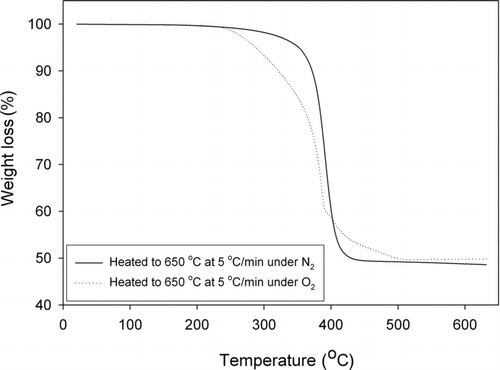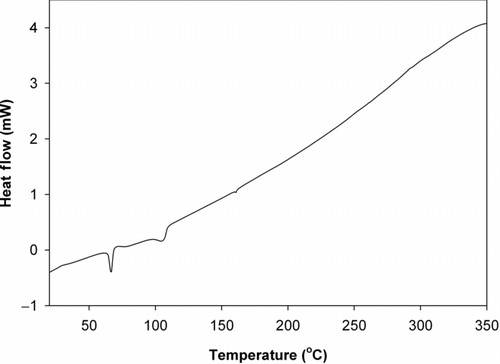Figures & data
FIG. 1 Sampling locations for VOC and particulate matter sampling. (Figure provided in color online.)
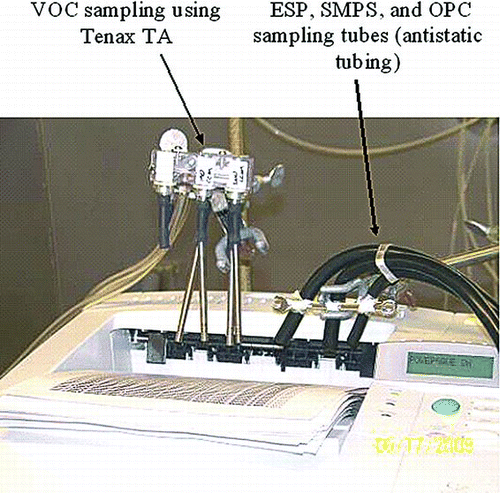
FIG. 2 Typical measured CPC particle number concentration at the paper discharge point versus time for cold (room temperature) start-up, showing a rapidly decaying emission level.

FIG. 3 Normalized size distributions for 7 consecutive sets of 45 page print jobs, demonstrating particle size increases with the number of pages printed, likely due to increasing agglomeration. (Figure provided in color online.)
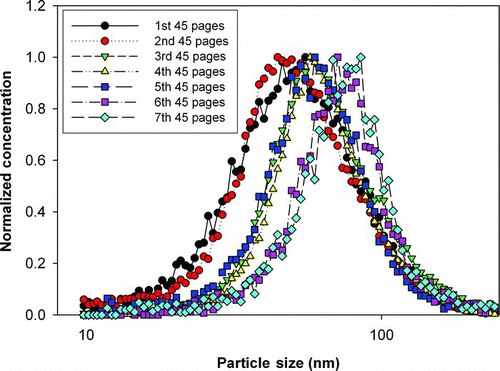
FIG. 4 5Peak emitted nanoparticle concentrations measured by CPC versus idle time between printings for a 45 page print job, showing that the particle number concentration is less than 50% of the original concentration when the waiting time is less than 60 min.
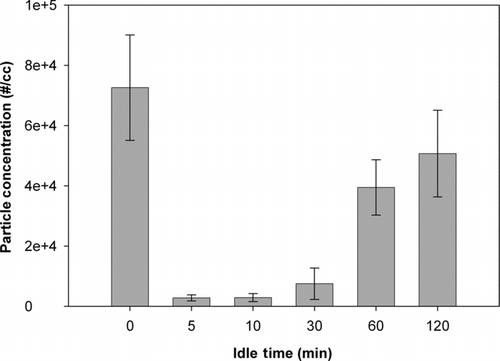
FIG. 5 Nanoparticle emissions produced without printing from fuser heating during repeated printer power up cycles, with and without toner cartridge inserted.
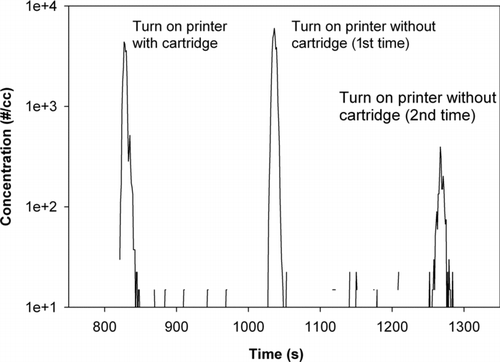
FIG. 6 Number particle size distributions measured by SMPS for printing different numbers of pages from a cold start-up. (Figure provided in color online.)
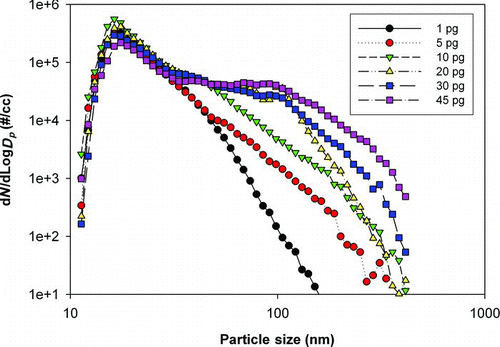
FIG. 7 (a) 2000× SEM image of toner powder, dominated by 3–8 μm clumps of 25–400 nm agglomerates, each composed of carbon, iron, and oxygen. Also present are 1–3 μm strontium–titanium–oxygen particles (bright particles). (b) 97,000× TEM image of the 25–400 nm agglomerates, each composed of an iron–oxygen core (dark shapes) coated with 5–15 nm carbon–oxygen particles.
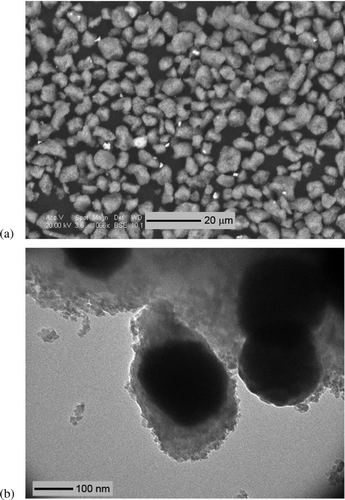
FIG. 8 SEM image of printed page, showing melted toner in the shape of printed letters and paper coating (nonmelted particles attached to the paper fibers).
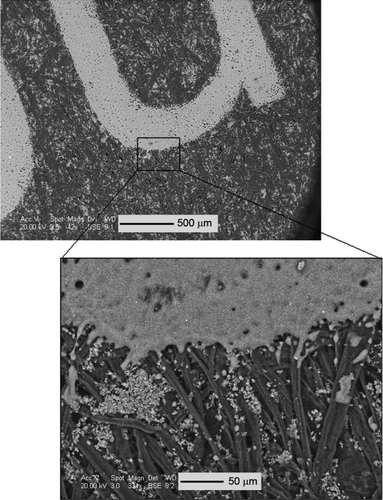
FIG. 11 GC/MS results for VOCs emitted from LaserJet printer, for sampling conducted only during printing cycles.

